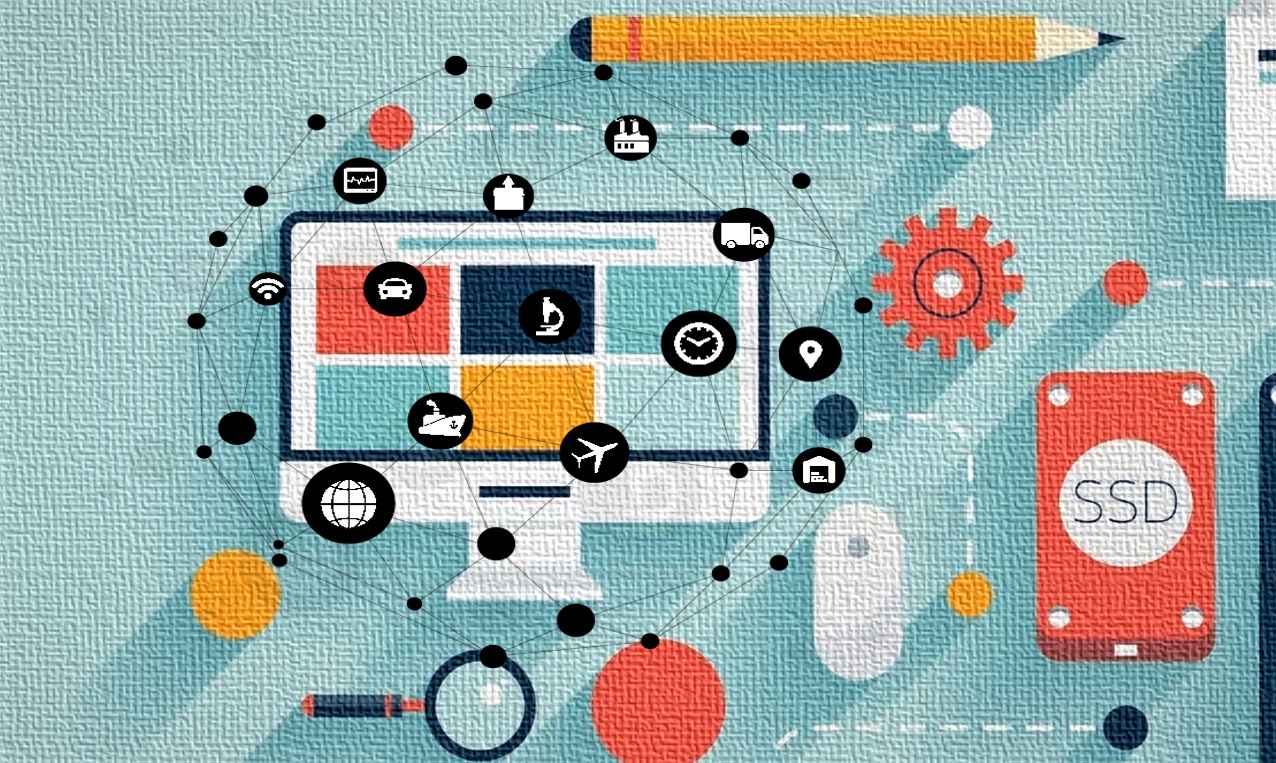The Internet of things, by its nature, implies that devices from different manufacturers using different communication protocols will be able to exchange data. This will allow you to connect devices or entire processes that previously could not interact.
Smart city, smart network, smart building, smart home ...
Most intelligent systems either appeared as a result of interoperability, or were significantly improved with its help. An example is the predictive maintenance of construction equipment. Whereas in the past it was empirically possible to expect the need for maintenance based on the use of equipment, now this information is supplemented by data obtained from devices such as vibration or temperature sensors built directly into the machine.

Data exchange can be carried out either directly between network participants, or through gateways, as when transmitting data using various communication technologies.
Gateways
Gateways are sometimes referred to as edge devices, similar to sensors located outside the facility that can store incoming data in the cloud in the event of a failure in communication with the IoT platform. In addition, they can also process data to reduce their size and transmit to the IoT platform only those values that show some anomaly or exceed acceptable limits.
A special type of gateway is the so-called data concentrator, the task of which is to collect data from connected sensors and then forward them via another type of communication, for example, by wire. A typical example is a gateway that collects data from several calorimeters using IQRF technology installed in a building’s boiler room, which is then sent to the IoT platform using a standard IP protocol, such as MQTT.
Direct communication devices are mainly single-purpose sensors, such as pulse sensors, designed for electricity meters, which can be equipped with SIM cards. On the other hand, devices using gateways include, for example, Bluetooth Low Energy sensors, which measure the level of carbon dioxide in a room.
Wireless network
In addition to standard and widely used proprietary public communications technologies such as SigFox or 3G / 4G / 5G mobile networks, IoT devices also use local wireless networks built to solve a specific problem, for example, to collect data from air pollution sensors. For example, LoRaWAN. Anyone can build his own network, but it is important to remember that he is also responsible for its maintenance and maintenance, which can be a difficult task, given that these networks operate in unlicensed ranges.
Benefits of using public networks:
- Simple network topology when it comes to deploying IoT devices
- simplified maintenance of connections;
- The operator is responsible for the functionality of the network.
Disadvantages of using public networks:
- dependence on the network operator makes it impossible to find communication errors and correct them in a timely manner;
- dependence on the signal coverage area, which is determined by the operator.
Benefits of operating your own network:
- The total connection cost can be optimized for specific connected devices (e.g. sensors);
- longer battery life, respectively less requirements for battery capacity.
Disadvantages of operating your own network:
- the need to create an entire network and ensure the stability of wireless communications. Problems, however, can arise if, for example, building functions or operational readiness change and, as a result, sensors can lose a signal, since they usually have lower data transmission power.
Finally, it is important to note that it is the interoperability of devices that allows us to process and analyze the collected data using technologies such as Machine Learning or Big Data Analysis. With their help, we can find a connection between data that previously seemed unclear or trivial to us, which allows us to make assumptions about what data will be measured in the future.
This contributes to a new look at how the environment works, for example, to use energy more efficiently or optimize various processes, ultimately improving the quality of our lives.